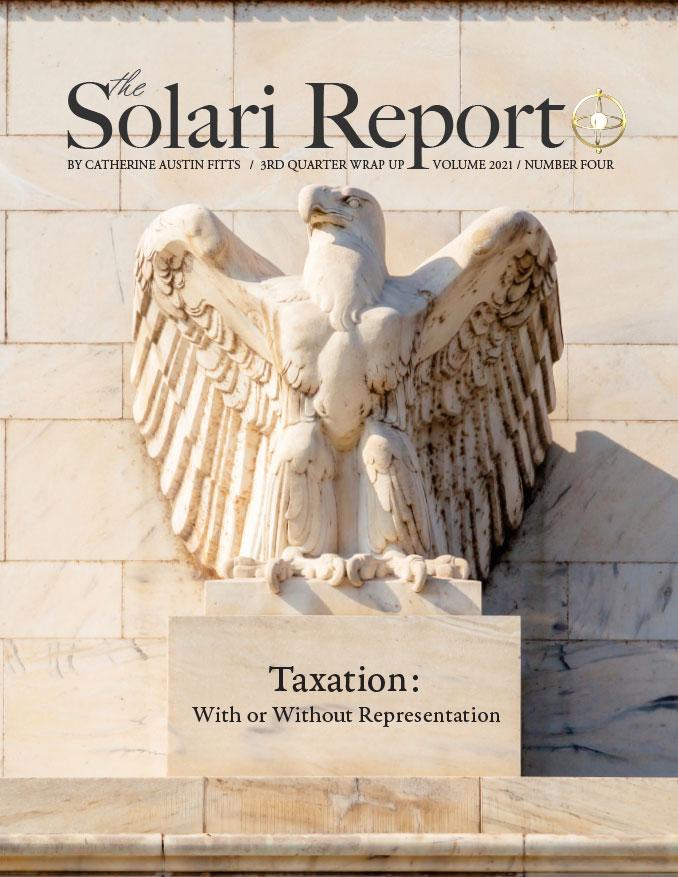
“I’m ready to build a whole new civilization.” ~ Scientist contemplating leaving his place of employment due to corruption and mandates
By Catherine Austin Fitts
This coming week, we continue the publication of our 3rd Quarter 2021 Wrap Up with Part II of News Trends & Stories. Dr. Joseph P. Farrell will join me again to review the 10 top stories in the last four categories: Culture; Science & Technology; Space; and Food & Health. We will also discuss Unanswered Questions; Inspiration; and Take Action.
We continue to examine how the Going Direct Reset is evolving and starting to impact our lives in the U.S. and the rest of the world. As more people realize that something is going on, many questions arise, especially regarding how we can take back control over our lives – and money – before it’s too late.
Culture:
Story #11: Pushback Moves to Rejuvenate Culture
Story #12: New Media Blossoms and Revives Print Media; Old Media Shrieks, Entrains, and the Mind Control Divide Grows
Story #13: Local Education, Health, and Economic Options Expand with a Passion
Unanswered Questions
Question #13: The War on the Divine
Question #14: Education
Science & Technology:
Story #14: Invisible Technology Rules The World – How Do We Deal With It?
Story #15: CRISPR, mRNA Technology, and Incubators: Mr. Global Wants to Own and Control the Gene Pool
Unanswered Questions
Question #15: Science
Question #16: Mind Control
Question #17: Invisible Weaponry and Technology
Question #18: Technocracy, Transhumanism, and Reengineering the New Man
Question #19: AI and Machine Enforcement
Question #20: High-tech Risks
Space:
Story #16: The Suborbital Traffic Jam
Story #17: SPACs: The Space-Based Economy Goes Public With Little or No Disclosure
Unanswered Questions
Question #21: What Is the Moon?
Food & Health:
Story #18: Injection Mandates, Passports, and Medical Battery: The Great Poisoning Accelerates into the Unknown and Unthinkable
Story #19: The Global Food Supply: Central Control of Farmland, Water, and Ag Production and Distribution; the War on Small Farmers, Restaurants, and Meat; Marketing Synthetic Food and “Climate Change”
Story #20: On Our Own: Many Doctors’ Offices, Nursing Homes, and Hospitals Present High Risks
Unanswered Questions
Question #22: Covid-19 Injections
Question #23: The Great Poisoning
Question #24: Is Covid-19 Part of a Planned Genocide and Why?
Question #25: Sun Cycles: Geophysical Risks
Question #26: The Vision Thing: the Road Ahead
As you listen, check out the News Trends & Stories section of the 3rd Quarter 2021 Wrap Up web presentation, which includes our trends list, our choices for top news videos of the quarter, and our headlines for the top stories. The link will be in your subscriber links when Part II publishes on Thursday.
In the third week of October, Jason Worth will join me for the Equity Overview & Rambus Chartology to review financial market performance and discuss the pros and cons of hedging equity positions in this market.
In the last week of October, attorney Carolyn Betts will join me to discuss our theme: Taxation: With or Without Representation?
In Let’s Go to the Movies, I will review a wonderful French documentary, directed and produced by Pierre Barnérias, Thanatos, about ordinary people talking about their near-death experiences. The film is anything but ordinary and actually very uplifting. Pierre Barnérias has made the English version of the movie available to Solari subscribers here. The trailer below is part in French and part in English.
In Money & Markets this week, John Titus and I will review current events and continue to discuss the financial and geopolitical news to watch for in the last quarter of 2021. E-mail your questions for Ask Catherine or post at the Money & Markets commentary here.
Please join me this Thursday, October 14, for the 3rd Quarter 2021 Wrap Up – News Trends & Stories, Part II.
Talk to you Thursday!
Related Solari Reports:
3rd Quarter 2021 Wrap Up – News Trends & Stories, Part I
3rd Quarter 2021 Wrap Up – Our Money web presentation




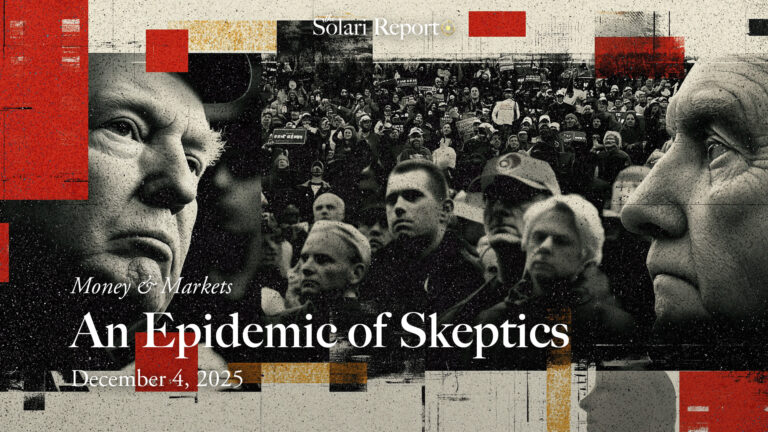


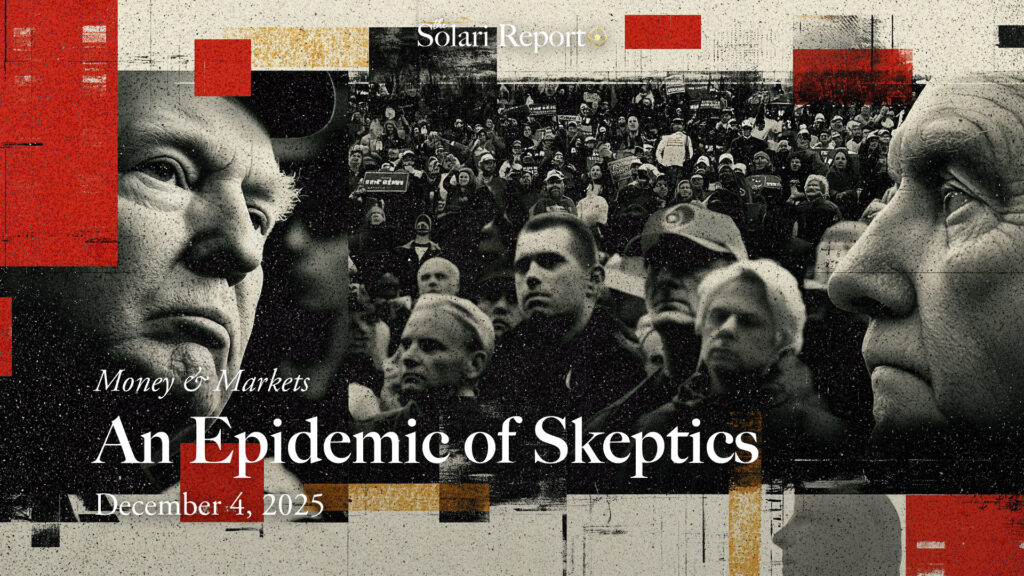








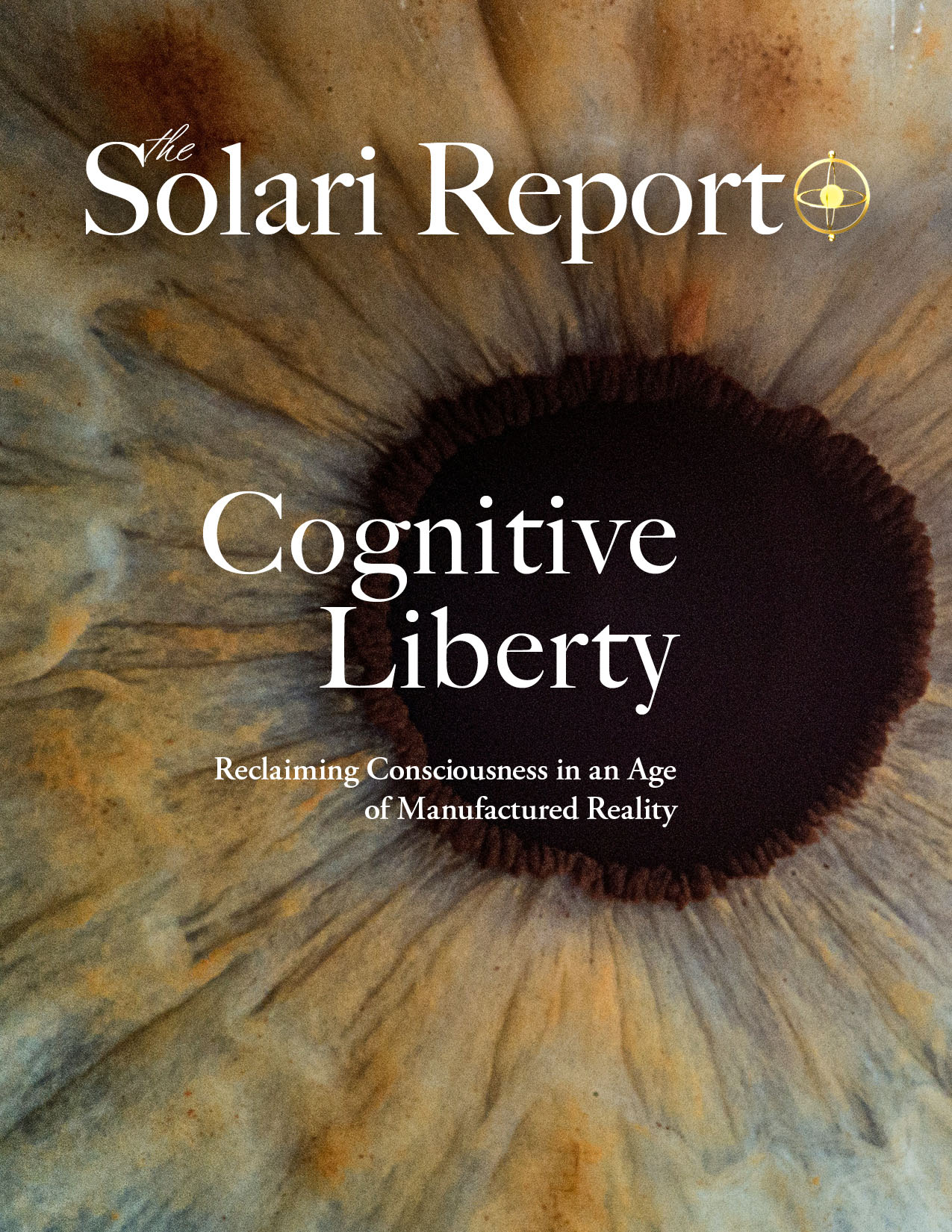
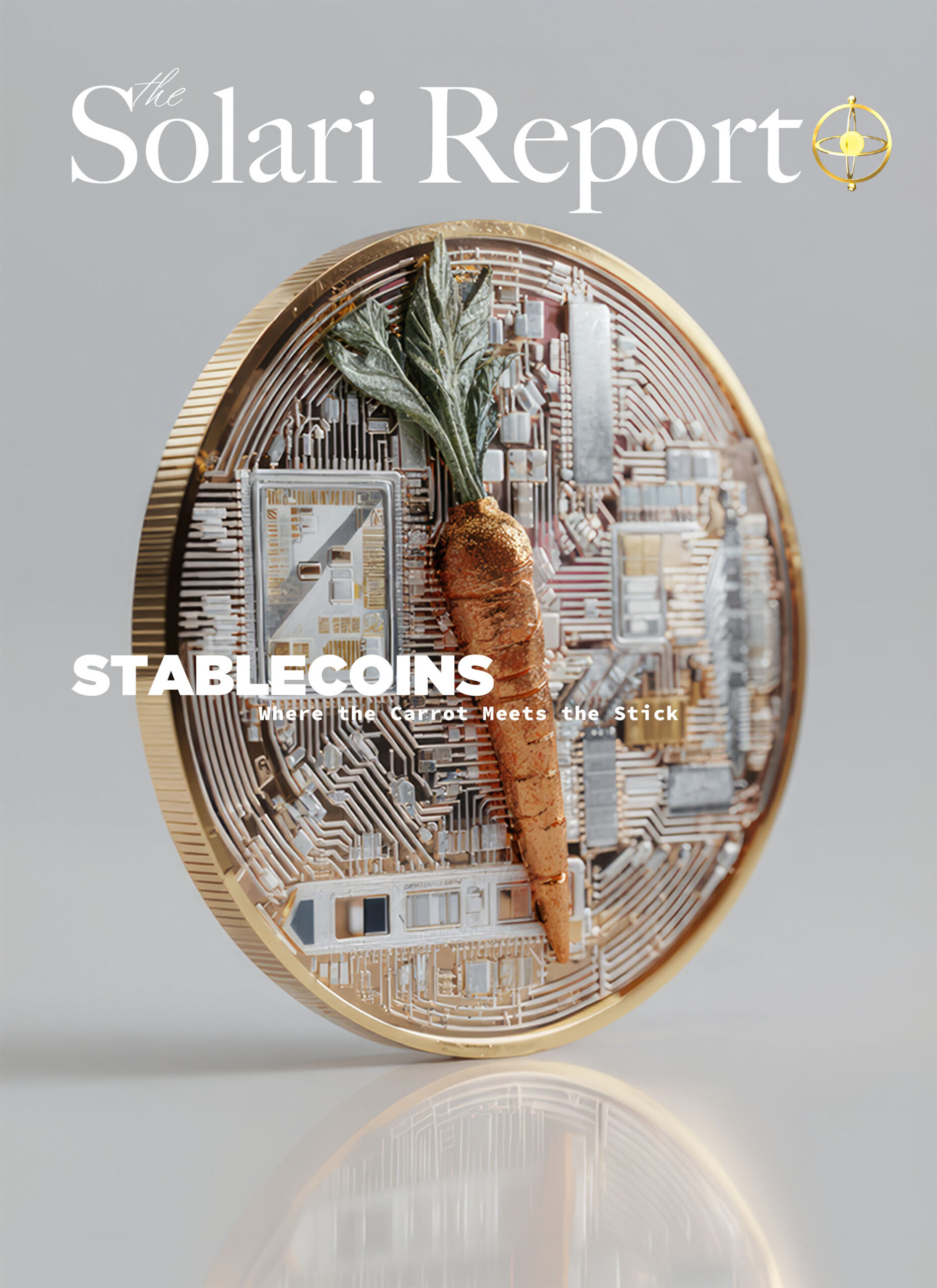














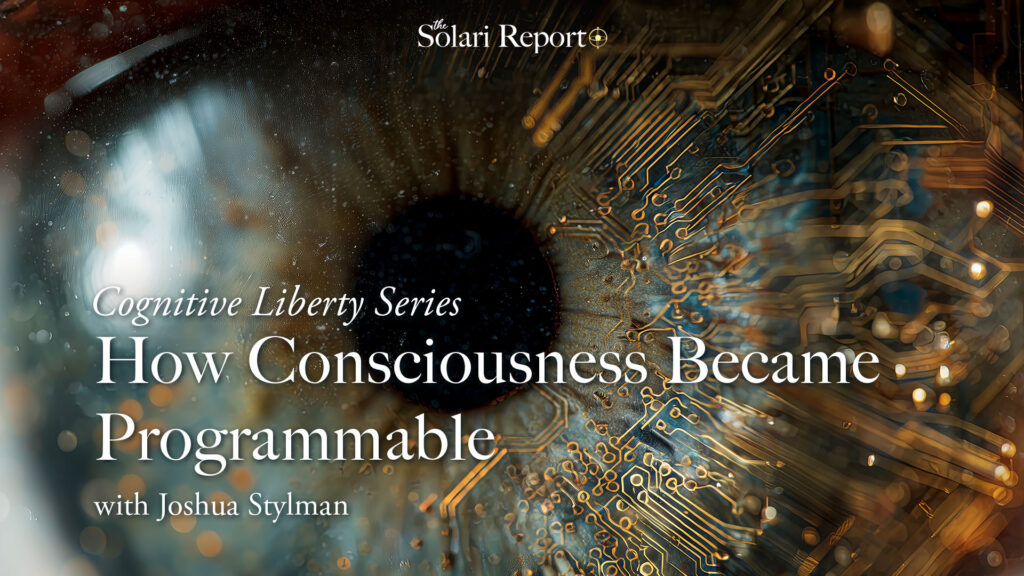
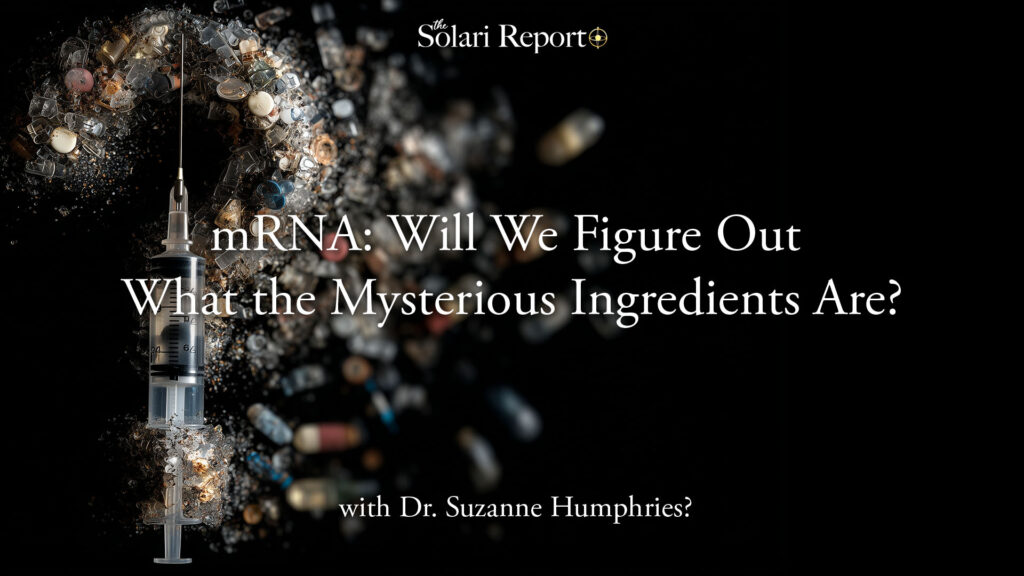


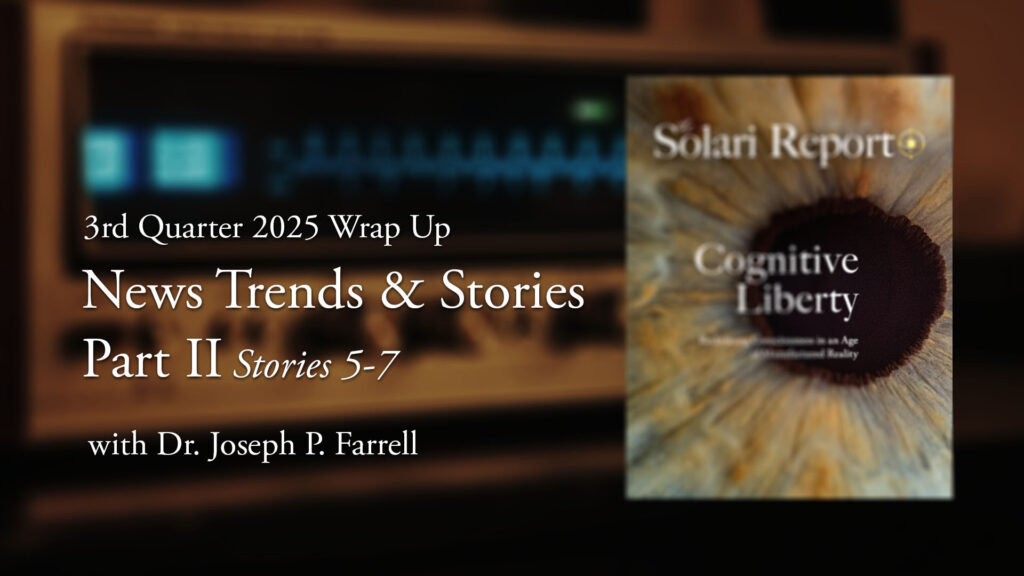
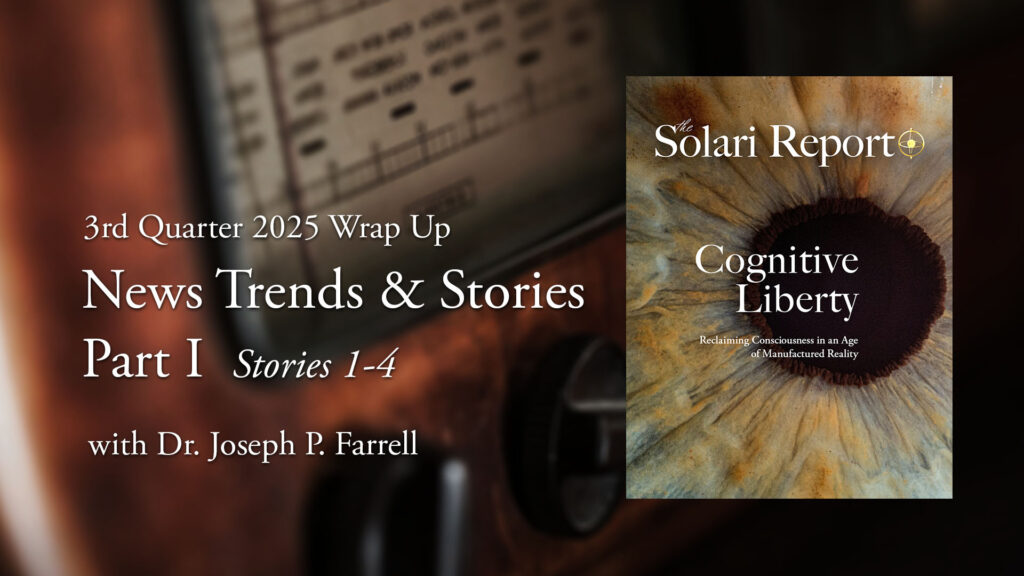
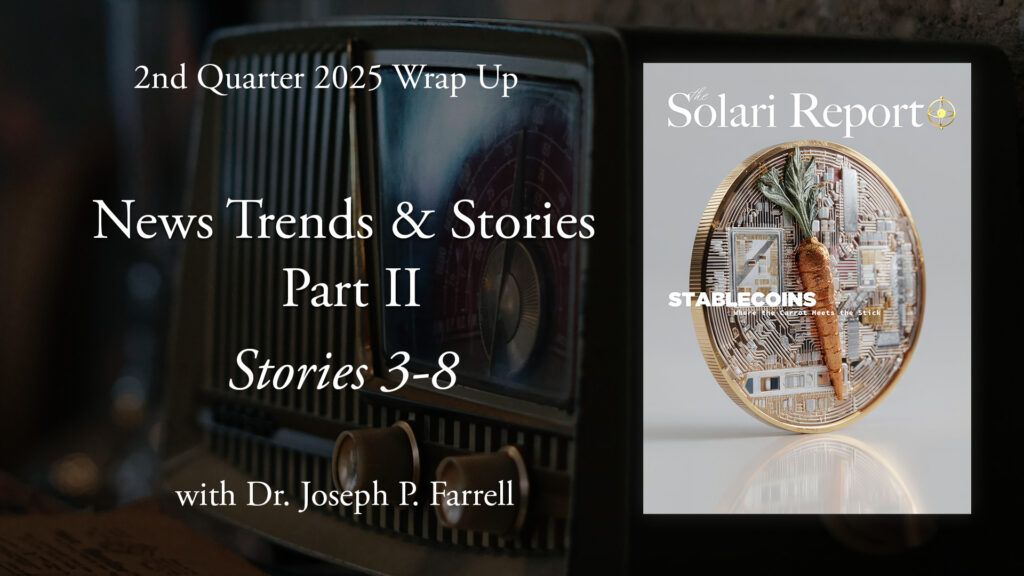



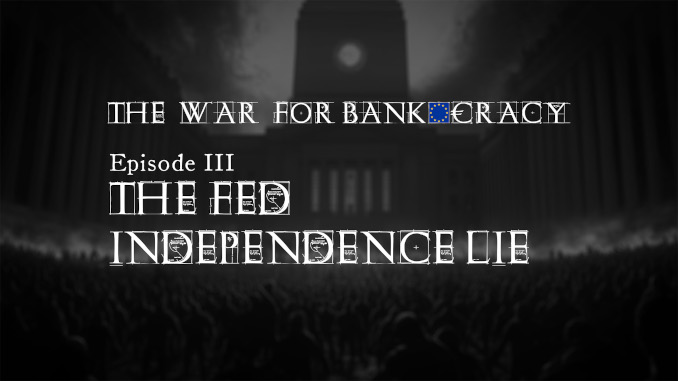
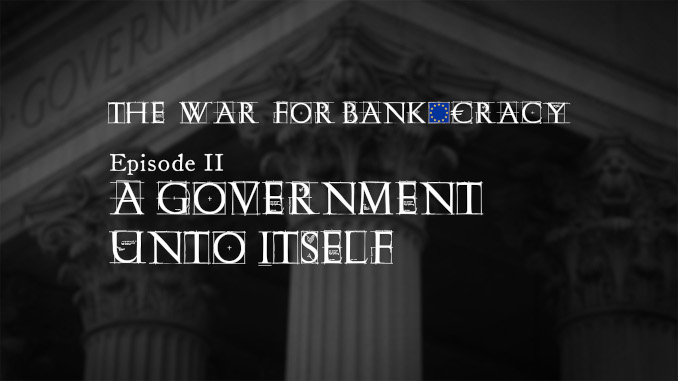

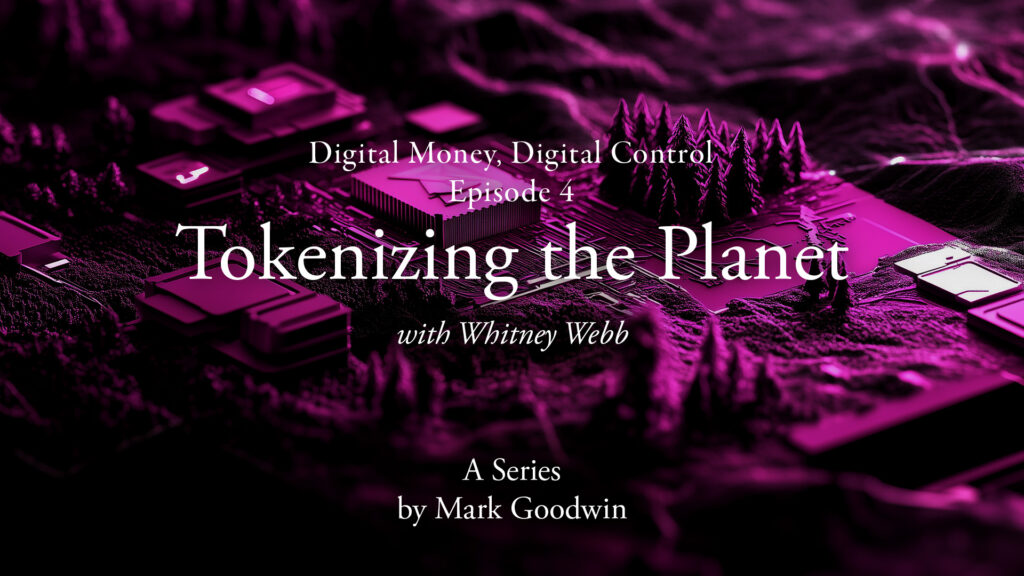
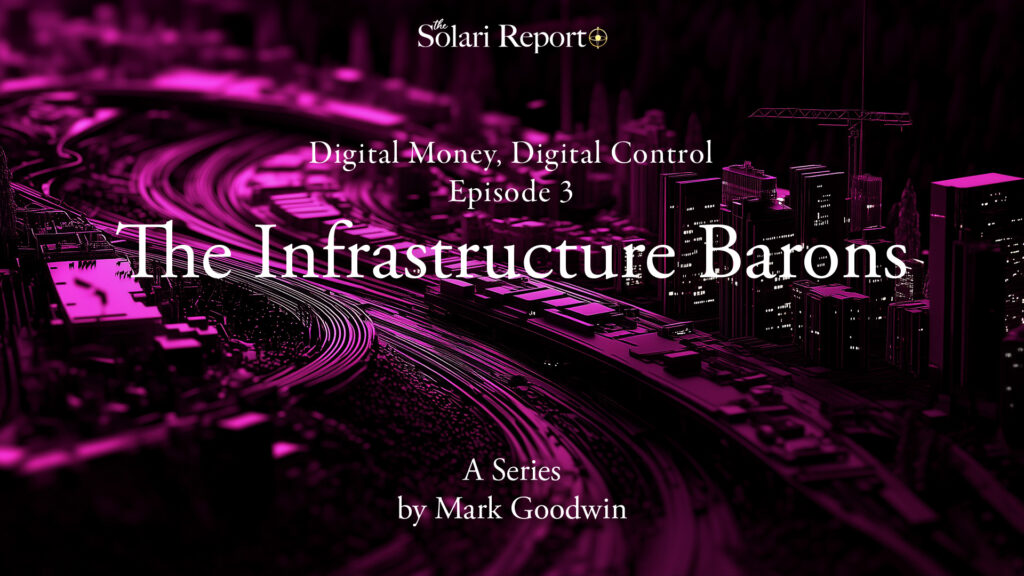
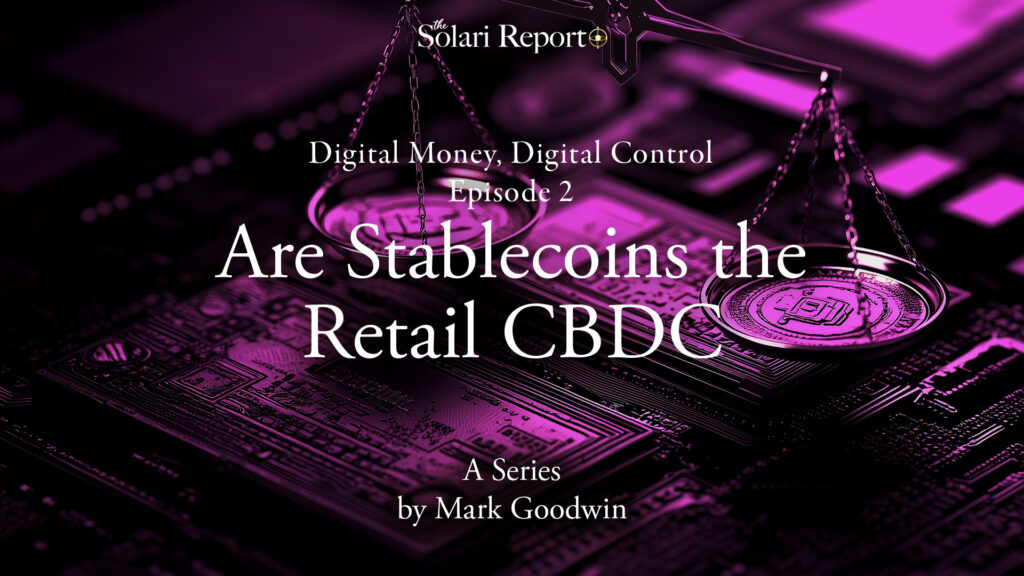

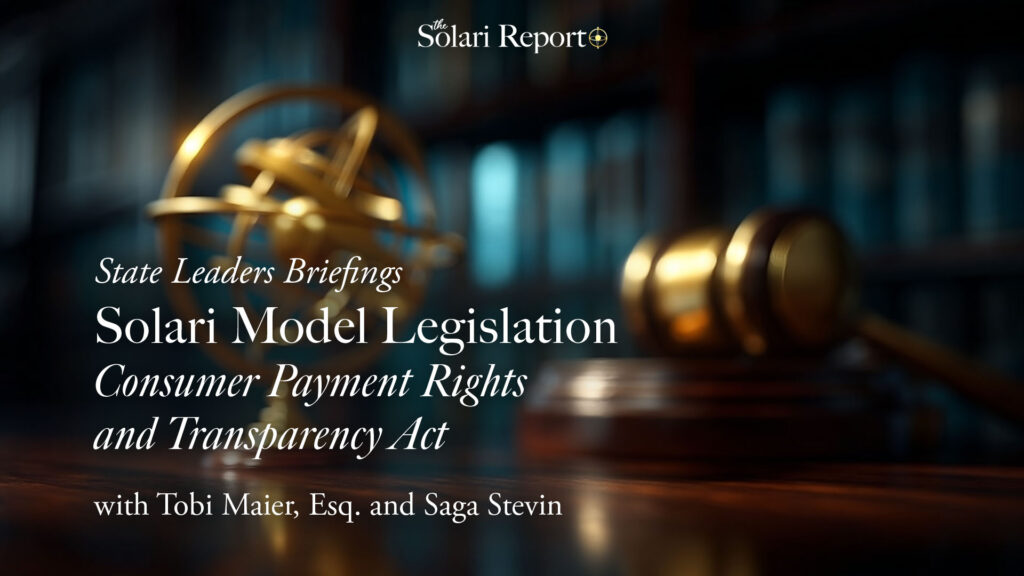
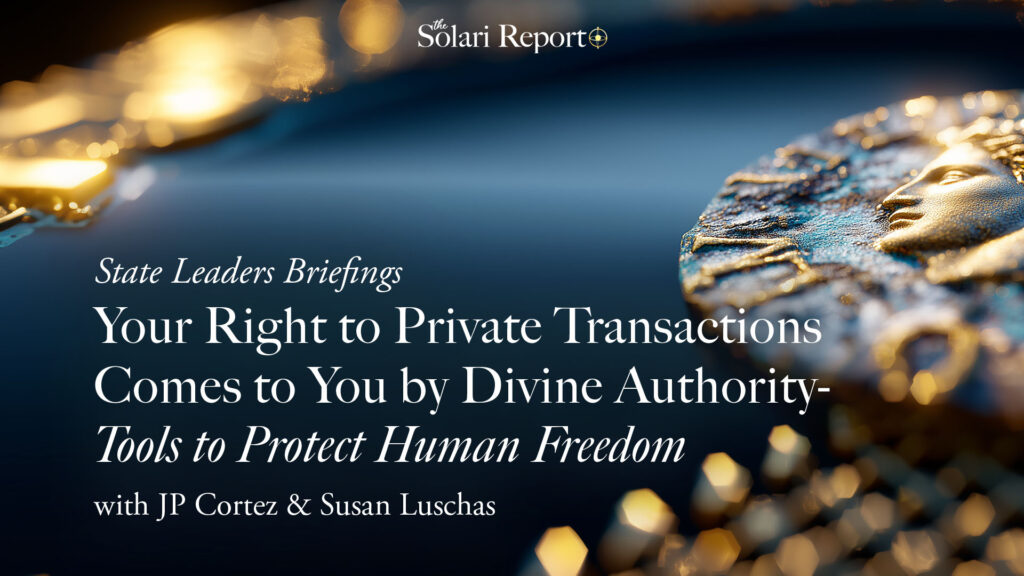
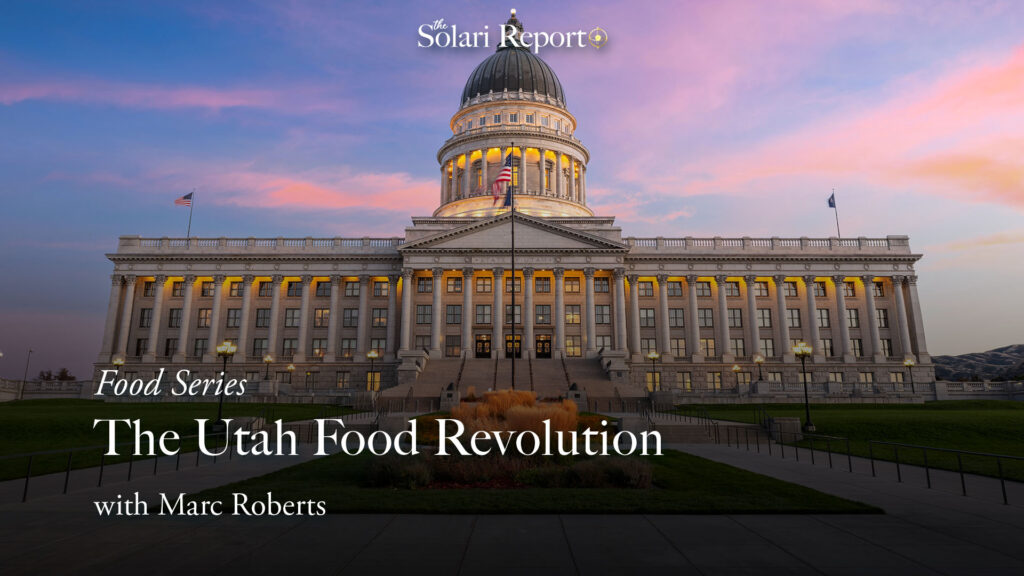




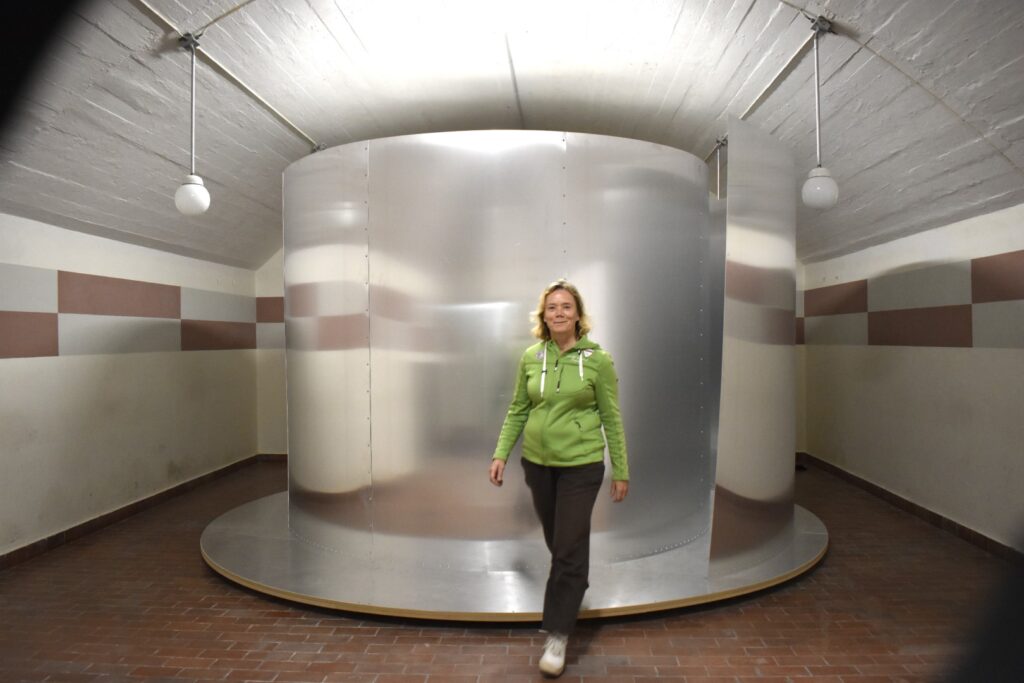






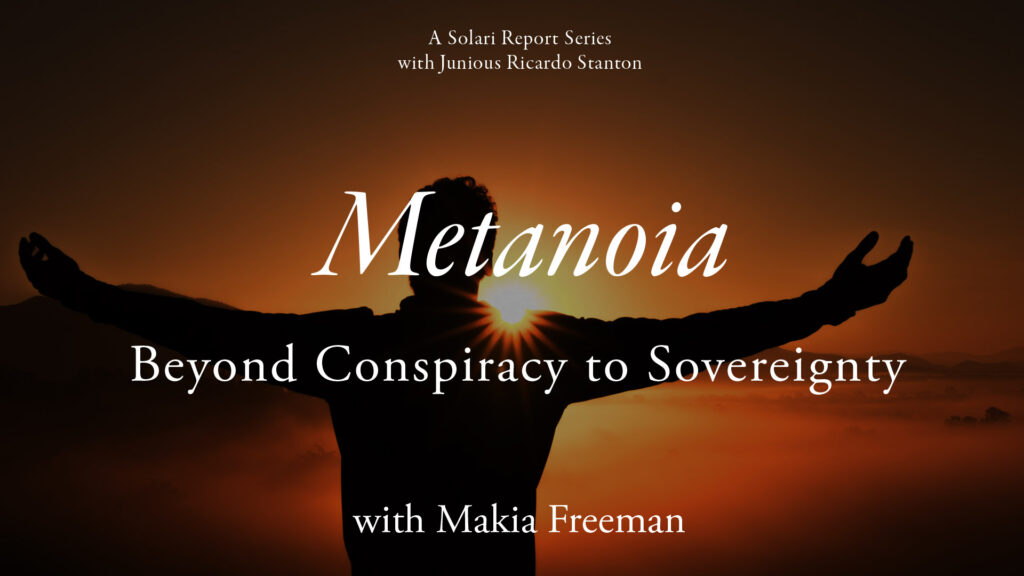





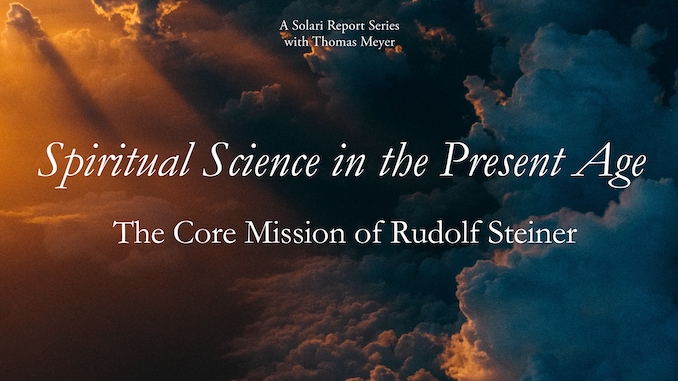



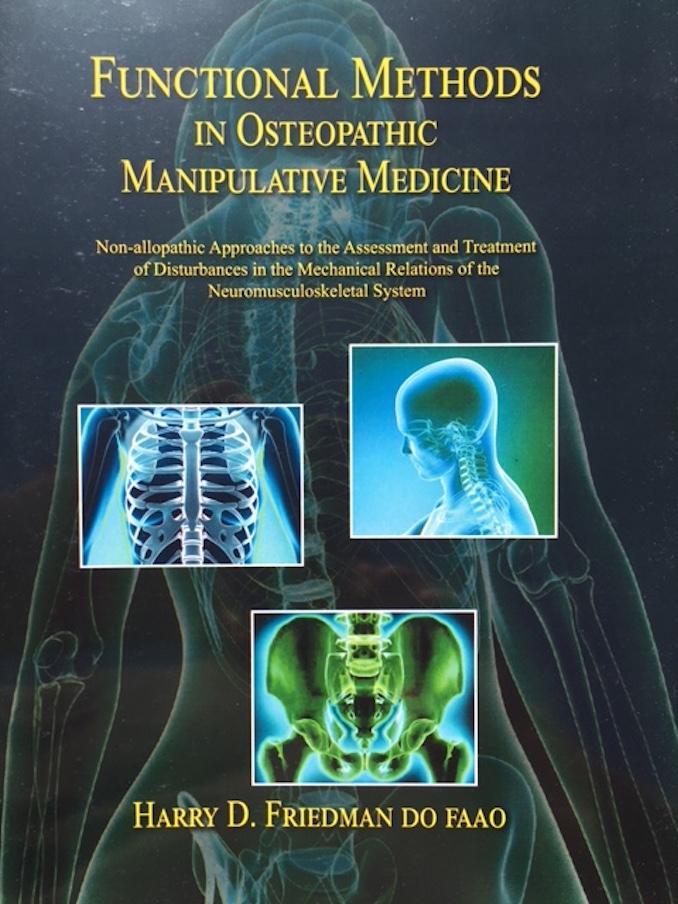















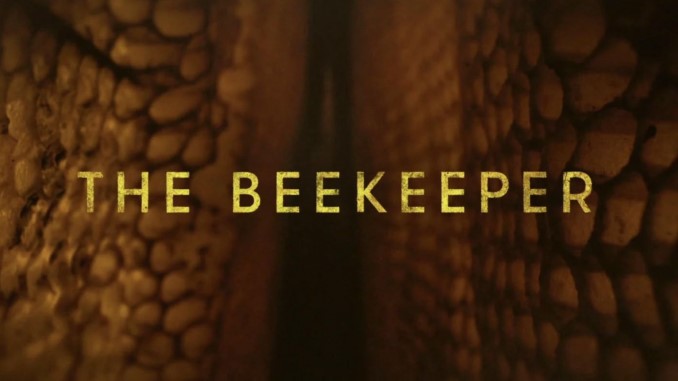






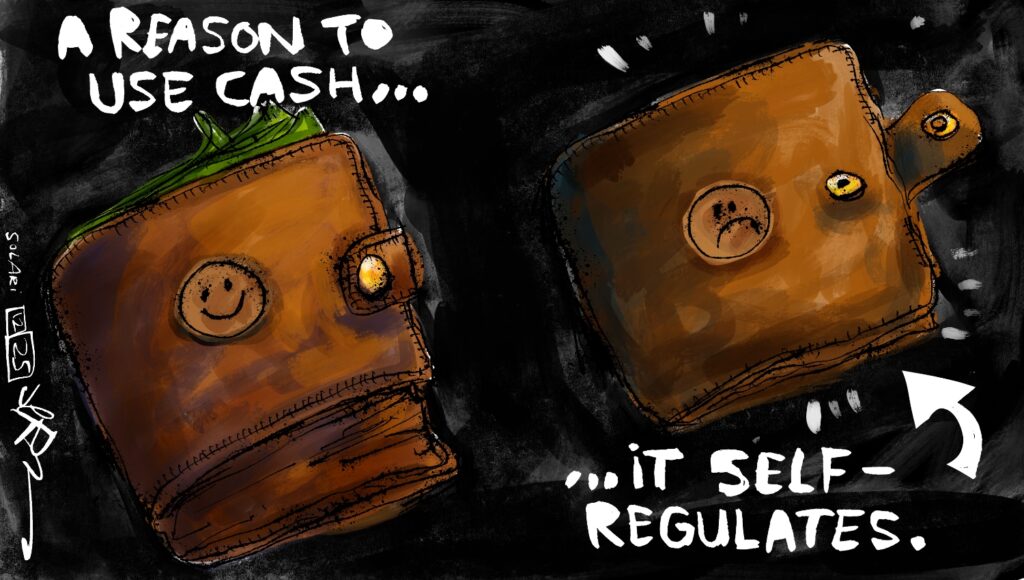

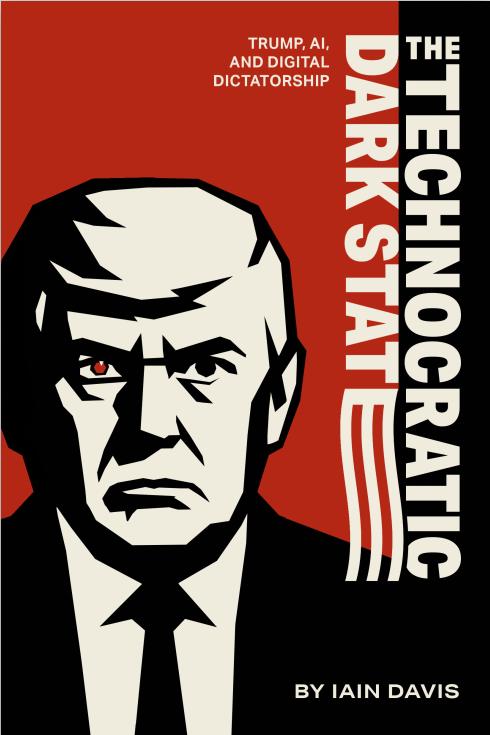
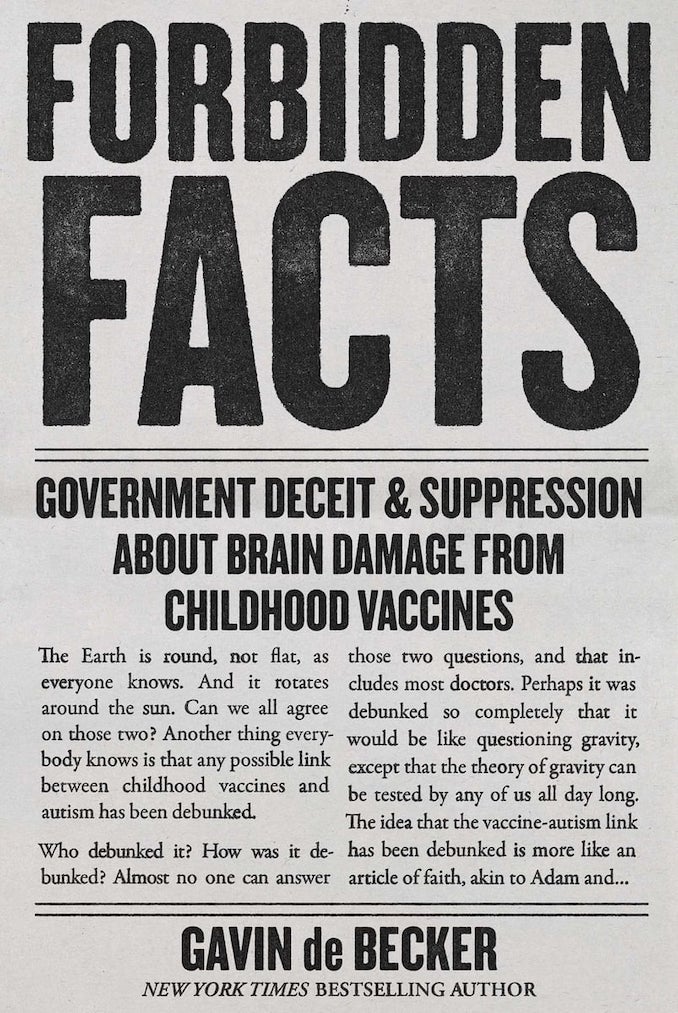

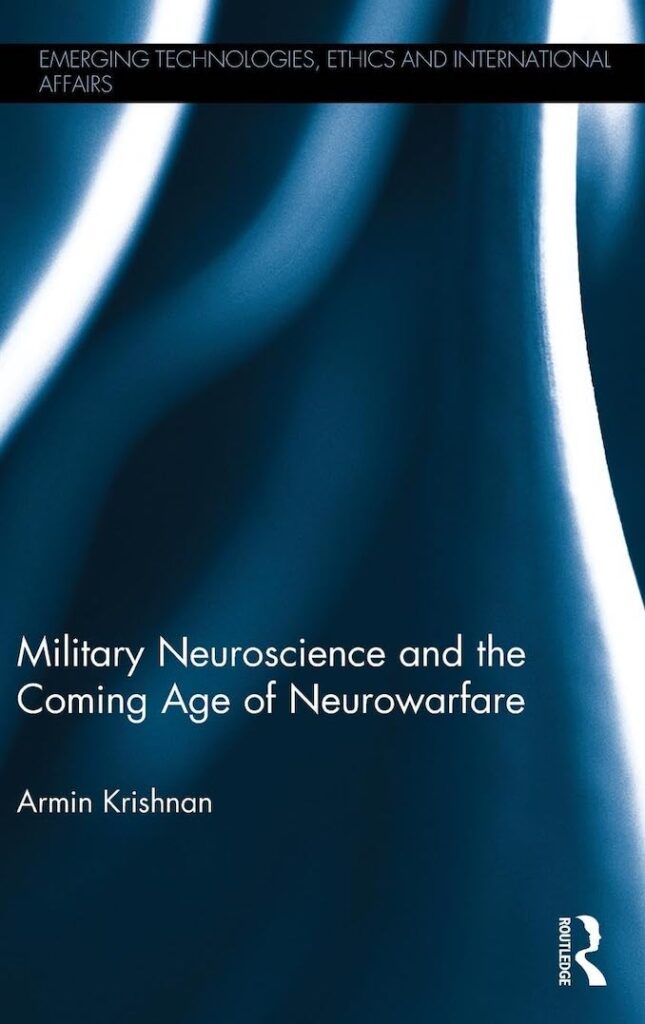

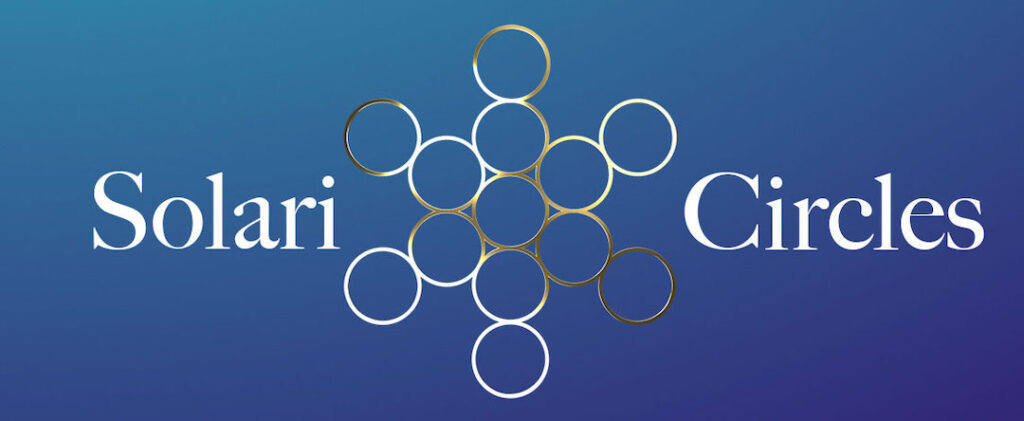




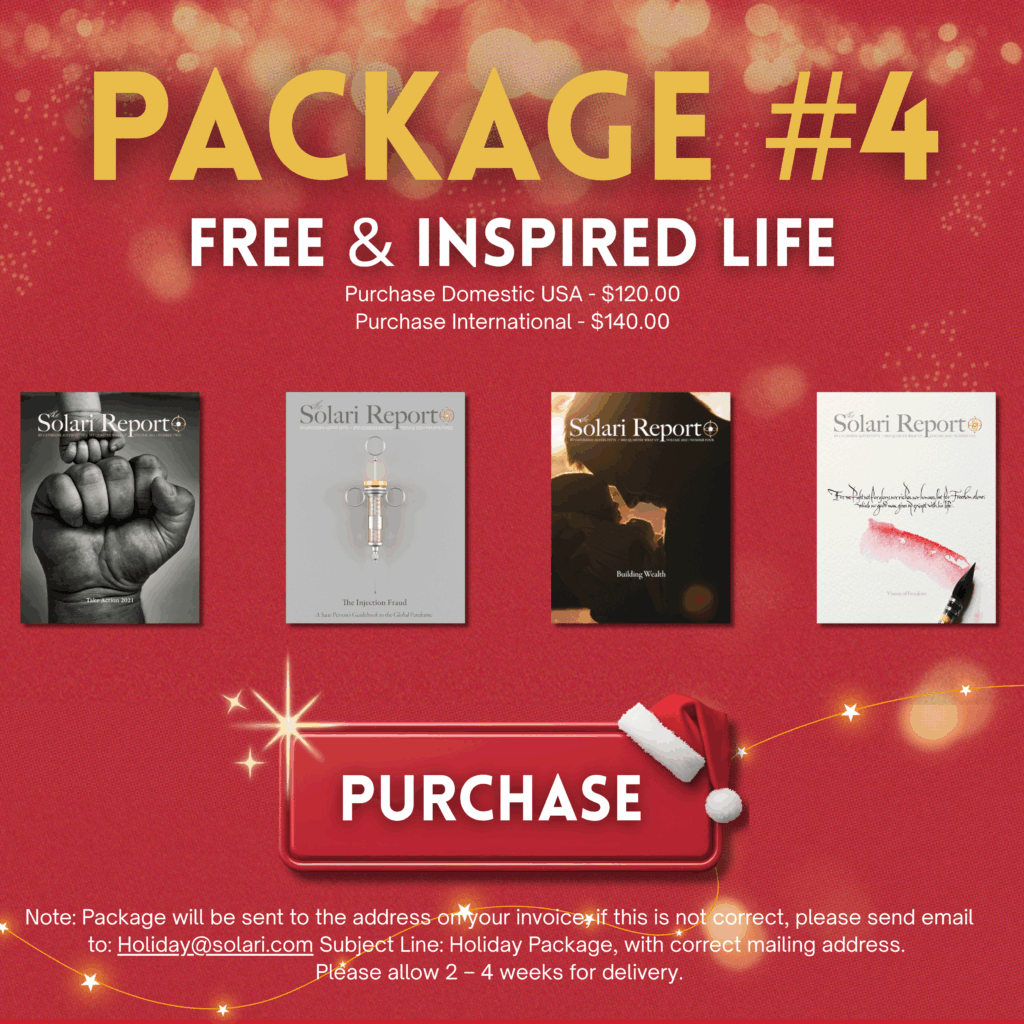






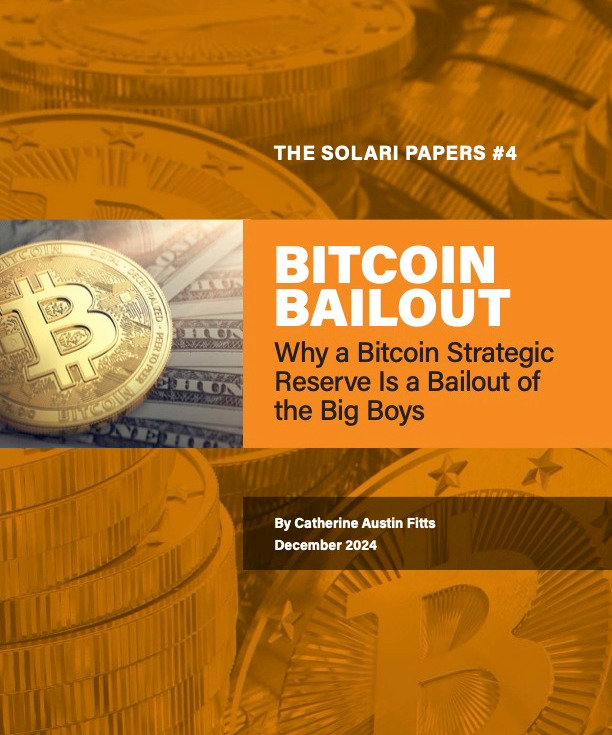
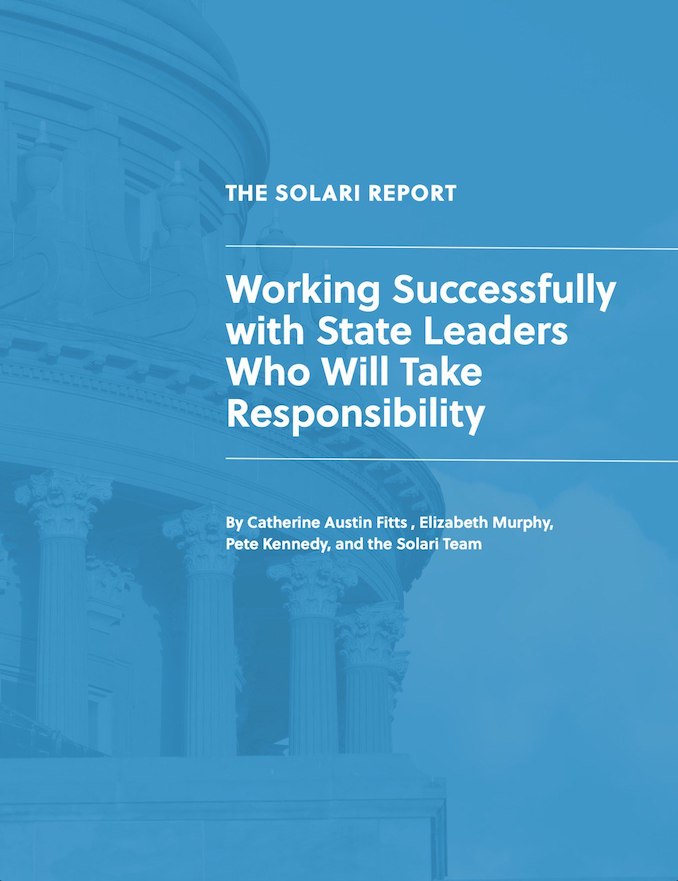



Are you aware of Dr. Peter Breggin’s book: Covid-19 and the Global Predators: We are the Prey. This may well become the definitive book about this period in history. Well worth reading.
`Pre-ordered but it did not come, so I ordered another copy last week.
Print is cash; technology is CBDC.
May we make tshirts and patches to sew on ball caps with the logo on it with Solari.com? Is this a question I need to ask of the lady heading up the cash friday movement? If so, may I have her contact
Thanks!
Dear Catherine, at around 1h 24m you mention a 3-part documentary on the unanswered questions on the moon. I tried to find it, and only this seems to match the description. Is this what you watched?
https://www.imdb.com/title/tt3797808/
George Orwell was brilliant in predicting today’s nightmare, I include the Rod Sterling’s Twilight Zone as being ahead of their time.
Catherine, a very good movie that’s worth a view is “The Desk Set”, Katharine Hepburn and Spencer Tracy, 1957. It’s about attempting to have a computer replace “the office”.
Sending Love to Dr. Farrell. I’m a nurse anesthetist & my heart breaks several times a day when I see what are “healthcare system” is doing to our patients especially the Seniors. My patients are desperate for love & contact with others. I always hold their hand when I pre-op my patients they are so scared & lonely. Catherine your web site is a treasure…stay well & keep up the Great Work you are doing.